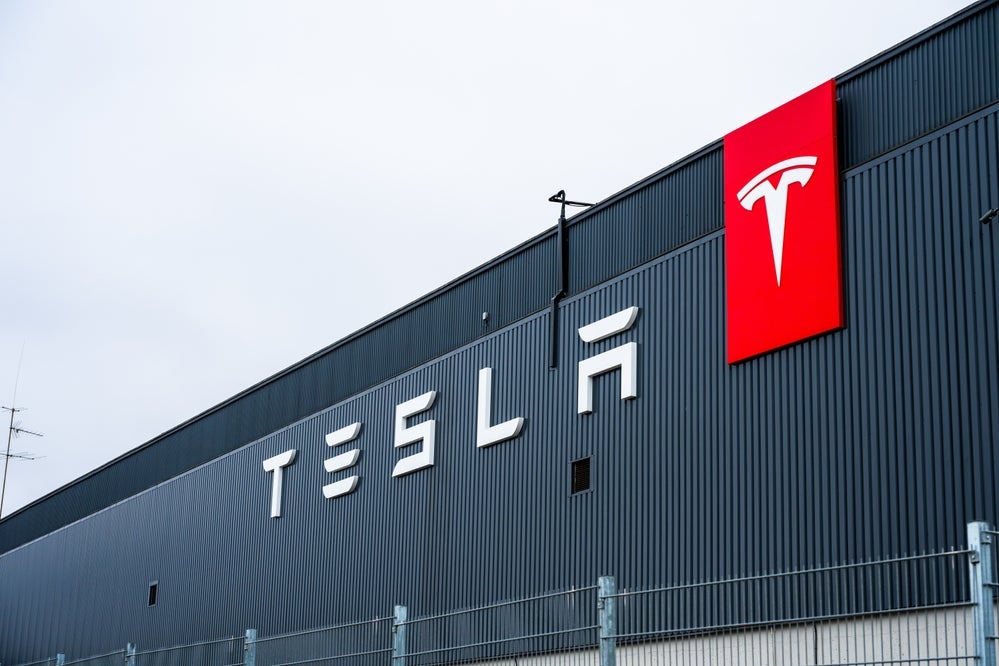Tesla’s Affordable Vehicles: A Double-Edged Sword for Investors?
Tesla’s push into budget-friendly electric vehicles (EVs) has sparked debate among investors, with industry expert Gary Black warning that these models may carry hidden risks. While the automaker aims to dominate the mass market with its $25,000-$30,000 EVs slated for 2025, Black suggests lower margins and intensified competition could erode profitability. The strategy, unveiled during Tesla’s Q1 earnings call, hinges on unproven production efficiencies and uncertain demand.
The Promise and Peril of Mass-Market EVs
Tesla’s affordable vehicle initiative targets a 50% production cost reduction through revolutionary manufacturing techniques, including:
- Gigacasting technology to simplify vehicle frames
- Next-generation 4680 battery cells with higher energy density
- Vertical integration of drive units and power electronics
However, analysts note comparable gasoline-powered vehicles still retail 35-40% cheaper than Tesla’s projected pricing. “The math becomes challenging when you factor in battery costs, even with Tesla’s innovations,” says automotive economist Dr. Lisa Chen. “They’ll need to sell 3-4 million units annually to achieve economies of scale that justify the R&D investment.”
Margin Compression Concerns
Black’s analysis suggests Tesla’s automotive gross margin, which fell to 17.1% in Q1 2024 from 25.9% a year prior, could deteriorate further. Historical data shows:
| Vehicle Segment | Average Gross Margin |
|---|---|
| Luxury EVs ($60k+) | 28-32% |
| Mid-Range EVs ($40-60k) | 20-25% |
| Budget EVs (under $30k) | 10-15% (projected) |
“You’re essentially trading premium-brand positioning for volume,” notes Bernstein analyst Mark Newman. “While Tesla’s operating leverage is impressive, the automotive industry has historically punished companies that chase market share at the expense of profitability.”
Competitive Landscape Intensifies
The affordable EV space is becoming increasingly crowded:
- BYD’s Seagull starts at $9,700 in China
- Volkswagen plans a €20,000 ($21,500) EV for 2026
- GM’s Equinox EV launches at $30,000 this fall
Tesla’s brand appeal and charging network provide advantages, but as EV adoption grows, consumers may prioritize price over prestige. “The early adopter wave has crested,” says AutoPacific president Ed Kim. “Mainstream buyers compare total cost of ownership, not 0-60 times.”
Production Risks and Timeline Uncertainty
Tesla’s ambitious production targets depend on several unproven factors:
- Successful ramp-up of Texas and Mexico factories
- Resolution of 4680 battery production bottlenecks
- Absence of supply chain disruptions
Industry insiders recall Tesla’s Model 3 “production hell,” where missed deadlines cost billions. “Scaling a $25,000 vehicle profitably is exponentially harder than building premium models,” warns former Ford CEO Mark Fields. “One misstep could trigger a vicious cycle of price cuts and margin erosion.”
The Bull Case: Volume as a Virtuous Cycle
Tesla optimists argue that higher volumes will:
- Drive down per-unit costs through learning curve effects
- Expand the addressable market by 5-7x versus premium segments
- Accelerate software adoption (FSD, subscriptions)
“Tesla’s playbook has always been about scale first, profits later,” says ARK Invest analyst Tasha Keeney. “Their 2013-2017 growth story repeated at larger scale could justify today’s valuation multiples.” The company’s energy storage business, projected to grow 75% annually through 2030, may offset auto margin pressure.
Investor Implications and Next Steps
The affordable vehicle strategy presents investors with a dilemma: potential for market dominance versus possible margin deterioration. Key indicators to watch include:
- 2024-2025 production guidance revisions
- Battery cost reductions per kWh
- Competitors’ pricing responses
As Tesla navigates this transition, investors should assess their risk tolerance. “This isn’t simply about whether Tesla can build cheaper cars,” summarizes Morgan Stanley’s Adam Jonas. “It’s about whether they can redefine automotive economics while maintaining technological leadership.” For those weighing positions, the coming 12-18 months may prove decisive in determining whether affordable EVs become Tesla’s growth engine or its Achilles’ heel.
Want deeper analysis? Subscribe to our premium investment research service for weekly updates on Tesla’s production metrics and margin trends.
See more Business Focus Insider Team

